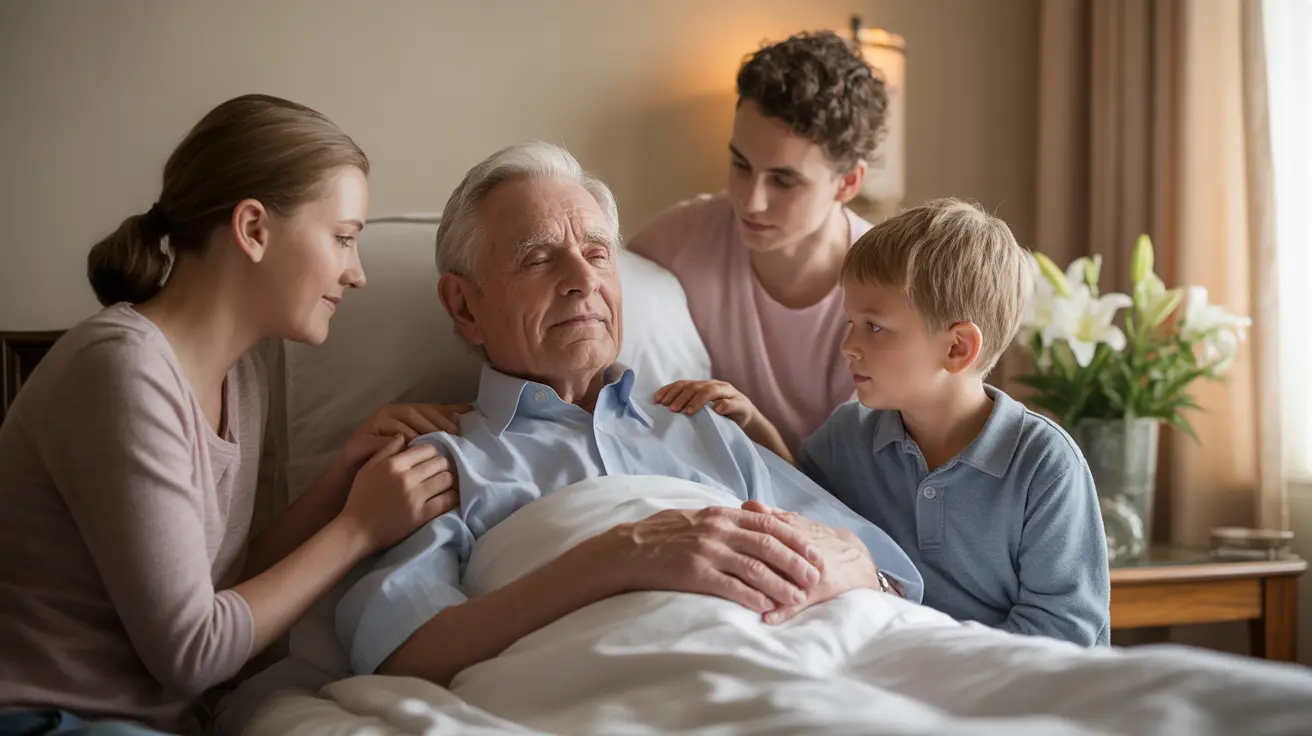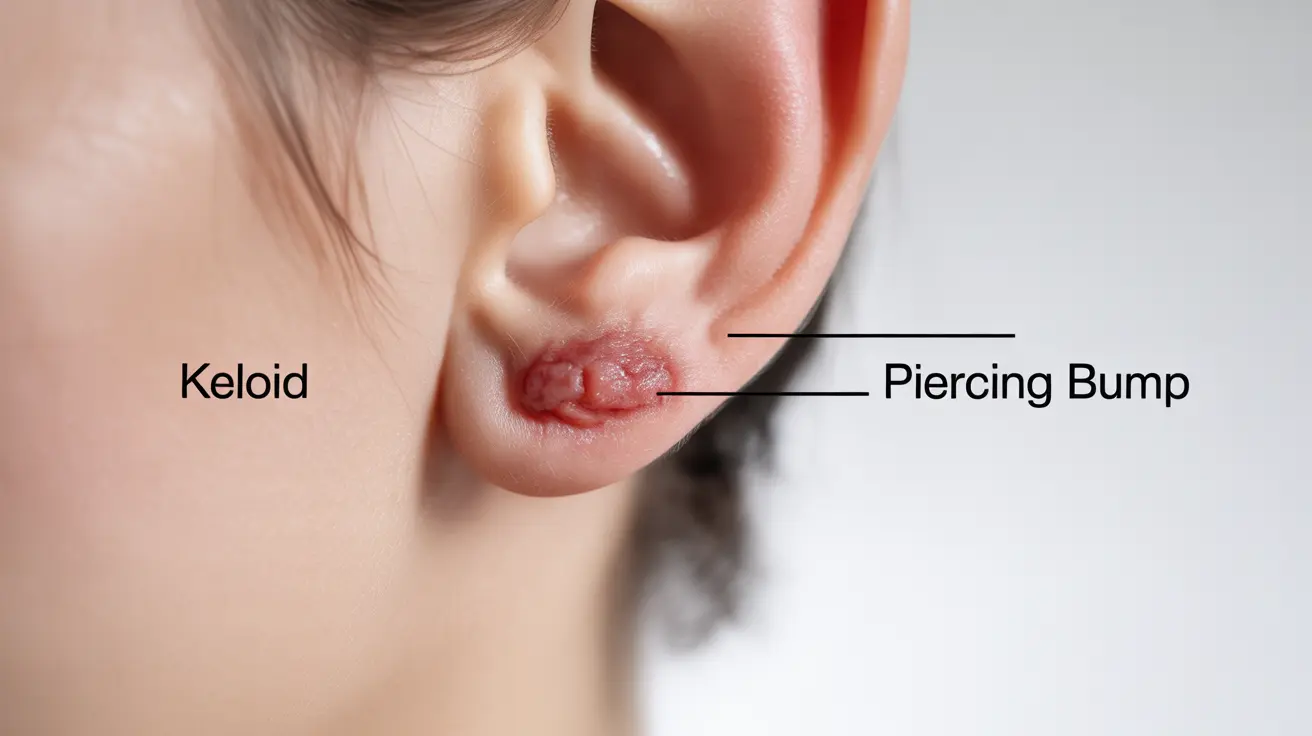When an elderly loved one begins approaching the end of life, families often struggle to recognize the natural signs that indicate this profound transition. Understanding the signs of dying from old age can help family members provide appropriate comfort, make informed decisions about care, and find peace during this difficult time.
The dying process in elderly individuals typically unfolds gradually, with physical, emotional, and cognitive changes that signal the body's natural preparation for death. While each person's journey is unique, recognizing these common patterns can help families navigate this challenging period with greater understanding and compassion.
Physical Changes That Signal the End of Life
The human body undergoes distinct physical transformations as it prepares for death. These changes are often the most noticeable signs that an elderly person is entering their final phase of life.
Decreased Appetite and Fluid Intake
One of the earliest signs of dying from old age is a marked decrease in appetite and thirst. The body naturally reduces its need for nutrition as organ function slows down. Elderly individuals may refuse favorite foods, take only small sips of liquids, or show no interest in eating altogether.
This decrease in consumption is not necessarily uncomfortable for the dying person, as the body's metabolism naturally slows. Family members should not force food or fluids, as this can cause discomfort or complications.
Changes in Sleep Patterns and Consciousness
As death approaches, elderly individuals typically spend increasing amounts of time sleeping or in a state of reduced consciousness. They may become difficult to wake, respond only briefly to voices or touch, or appear to drift between sleep and wakefulness.
These changes occur because the brain requires less energy as the body's systems begin shutting down. The person may also experience periods of restlessness or agitation, alternating with deep sleep.
Respiratory and Circulatory Changes
Breathing Patterns and Sounds
Respiratory changes are among the most common signs of dying from old age. Breathing may become irregular, with periods of shallow breathing followed by deeper breaths. Some individuals develop a pattern called Cheyne-Stokes breathing, characterized by cycles of gradually increasing and decreasing breath depth, sometimes with brief pauses.
The "death rattle" - wet, noisy breathing sounds - may occur as secretions accumulate in the throat and airways. While distressing for family members to hear, this typically does not cause discomfort to the dying person, as they are usually unconscious or minimally responsive at this stage.
Circulation and Temperature Changes
As the cardiovascular system weakens, blood circulation becomes less efficient. The hands, feet, arms, and legs may become cool to the touch and appear mottled or bluish. The person's overall body temperature may drop, and they might feel cold despite normal room temperature.
These circulation changes are natural parts of the dying process and indicate that the body is redirecting blood flow to vital organs.
Cognitive and Emotional Signs
Mental Clarity Fluctuations
Cognitive changes are significant signs of dying from old age. The person may experience periods of confusion, disorientation, or difficulty recognizing familiar faces and places. They might speak to deceased relatives, see things that others cannot see, or appear to be having conversations with unseen individuals.
These experiences, while concerning for families, are common and often peaceful for the dying person. They may represent the brain's way of processing the transition or could be related to decreased oxygen levels.
Emotional Withdrawal
Many elderly individuals naturally begin withdrawing from social interactions as death approaches. They may show less interest in visitors, prefer quiet environments, or seem emotionally distant from loved ones. This withdrawal is often a natural preparation for letting go of earthly connections.
Pain Management and Comfort Care
Effective pain management becomes crucial when caring for someone showing signs of dying from old age. Healthcare providers can prescribe appropriate medications to ensure comfort, including morphine or other pain relievers that can be administered even when the person cannot swallow pills.
Comfort measures extend beyond medication to include maintaining cleanliness, providing soft bedding, ensuring proper positioning to ease breathing, and creating a peaceful environment. Gentle touch, familiar voices, and favorite music can provide emotional comfort during this transition.
Supporting the Family During This Time
Recognizing the signs of dying from old age also means understanding the emotional needs of family members. Providing clear information about what to expect, encouraging family members to express their feelings, and connecting them with grief counseling resources can be invaluable.
Hospice care services specialize in supporting both the dying person and their family, offering medical expertise, emotional support, and practical guidance throughout the process.
Frequently Asked Questions
What are the early warning signs that an elderly person is nearing the end of life?
Early signs include decreased appetite and fluid intake, increased sleeping or periods of unconsciousness, social withdrawal, and changes in breathing patterns. The person may also experience confusion, speak about deceased relatives, or seem to prepare emotionally for departure by settling unfinished business or expressing final wishes.
How can caregivers help manage pain and discomfort in someone who is actively dying?
Caregivers should work closely with healthcare providers to ensure appropriate pain medications are available and properly administered. Comfort measures include keeping the person clean and positioned comfortably, maintaining a calm environment, providing gentle touch or massage, and ensuring adequate but not excessive warmth. Morphine and other pain relievers can be given even when swallowing becomes difficult.
What causes the confusion and hallucinations that occur in the final stages of dying?
Confusion and hallucinations typically result from decreased oxygen levels in the brain, changes in brain chemistry, medication effects, or the natural dying process itself. The brain may also be processing the transition between life and death. These experiences are generally not distressing for the dying person and often involve peaceful encounters with deceased loved ones.
Is noisy or labored breathing a sign of suffering when someone is dying from old age?
Noisy breathing, including the "death rattle," is usually not a sign of suffering or discomfort for the dying person. These sounds occur due to secretions in the airways and weakened muscles that cannot clear them effectively. The person is typically unconscious or minimally aware during this stage, so the breathing sounds are more distressing for family members than for the individual.
How long does the dying process typically last, and what should families expect during the final days?
The active dying process can last anywhere from several hours to several days, though some individuals may remain in this state for weeks. Families should expect periods of decreased responsiveness alternating with brief moments of alertness, irregular breathing patterns, changes in body temperature and color, and possible agitation or restlessness. Having healthcare professionals available for guidance and support during this time is essential for both comfort care and family peace of mind.




